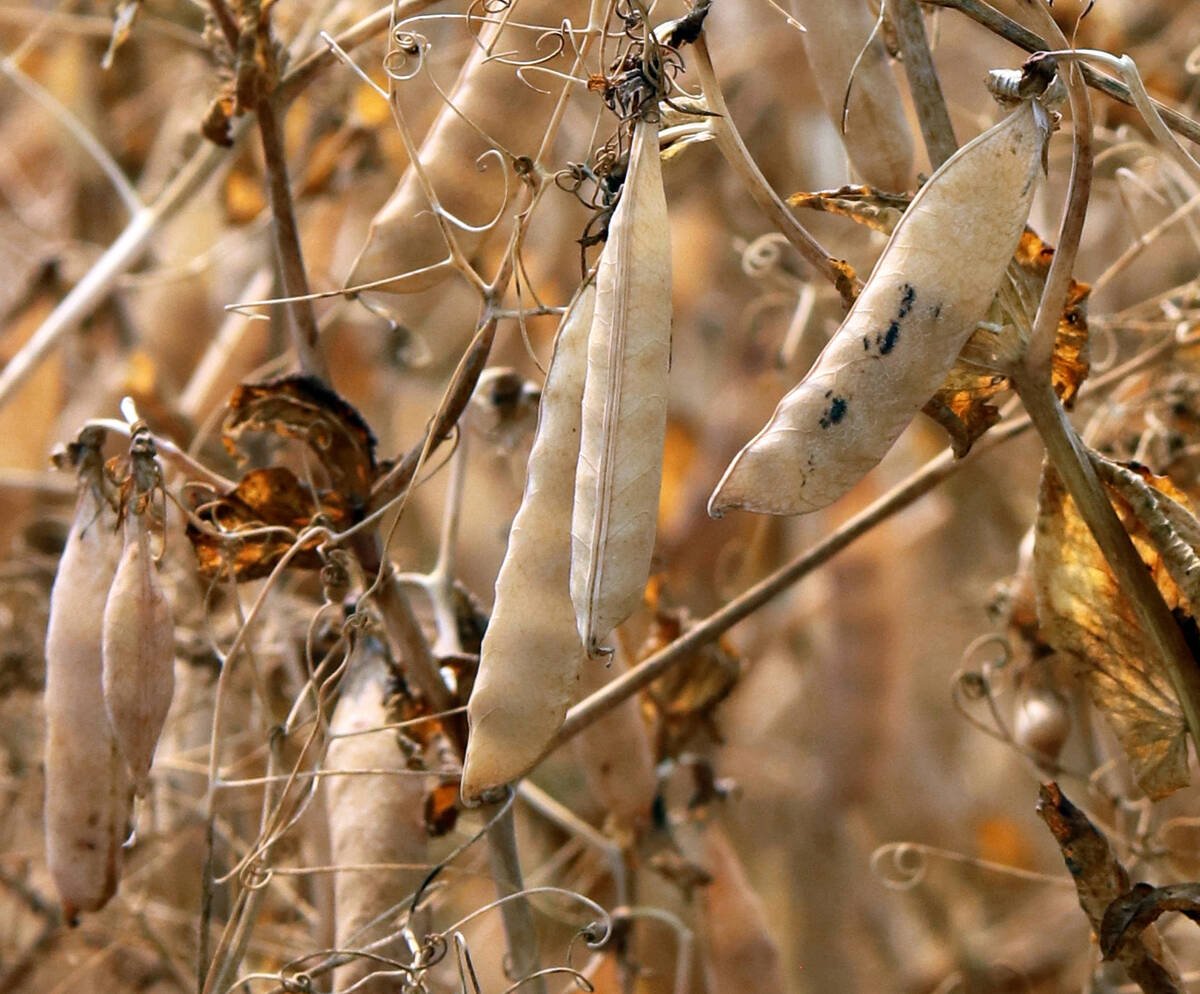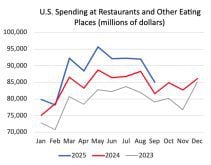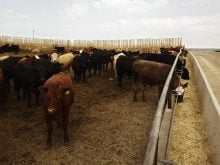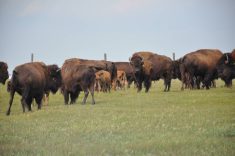The European Union is not likely to accept beef containing growth hormones any time soon, but there are other ways Canada could enter that market.
“The hormone ban is not going anywhere. Any exports we are looking at would have to be hormone free,” said Evan Lewis, trade policy officer with the Canadian government. He said meetings in Geneva next month may open other opportunities to sell beef into an area where domestic production is diminishing.
It was hoped market access could be negotiated through the World Trade Organization, but that is not likely so other avenues must be explored.
Read Also

Trump’s tariffs take their toll on U.S. producers
U.S. farmers say Trump’s tariffs have been devastating for growers in that country.
Lewis believes there is potential.
European beef consumption is flat but member countries will need 7.5 million tonnes by 2015 and it is expected imports must increase to fill that demand. At least 500,000 tonnes of imported product may be required.
Imports mostly from South America began in earnest in 2002, Lewis told the annual meeting of the Canada Beef Export Federation in Calgary Sept. 16.
“A key point to recall is that the EU market is not homogenous. There are significant differences sometimes within countries,” said Lewis.
Each country has its own level of beef self-sufficiency, demands for certain cuts and different retail structures. There is a need for country-specific marketing even though negotiations to enter Europe are held at the Europe Commission level.
Canada and the United States share an 11,500 tonne quota for high quality beef that is not being filled. There are other quotas open to the global market for processing beef that are filled every year.
Competition comes from South American nations that have built strong relationships and can fill specific quotas.
These include a 54,703 tonne frozen product quota for processing and a 43,000 tonne quota for cooked beef. There is also a 53,000 tonne generic quota.
Besides the EU hormone ban, tariffs of around 20 percent must be paid. These are not likely to be reduced, Lewis said, but there are other technical agreements possible for those willing to follow the European standards. The Canadian Food Inspection Agency maintains a complete manual of technical requirements for interested exporters.
These rules specify that all those involved in raising the cattle from pasture to slaughter must be registered with the agency.
The beef must be free of growth hormones. Culled dairy cows would actually fit into this requirement because there are no such hormones allowed in Canadian dairy cattle.
The animals must be tagged and registered. A record of all movements is needed and the owners must attest to no hormones. Feedlots can only accept animals raised from birth by the same owner.
Tagged animals must be kept in separate pens, slaughtered separately and the meat must be handled in such a way it can be identified and traced back. All specified risk materials must be removed to European specifications.
The CFIA must collect and test urine and feed samples. EU officials may also inspect facilities.
Anyone violating the rules is suspended from trade for two years.
The EU does not accept steam decontamination of skinned carcasses. This is commonly used in Canada to prevent bacterial contamination such as E. coli. This practice will be brought up during upcoming negotiations.
“There are some requirements that we can change in the short term, there are some things that we can’t,” said Lewis.















